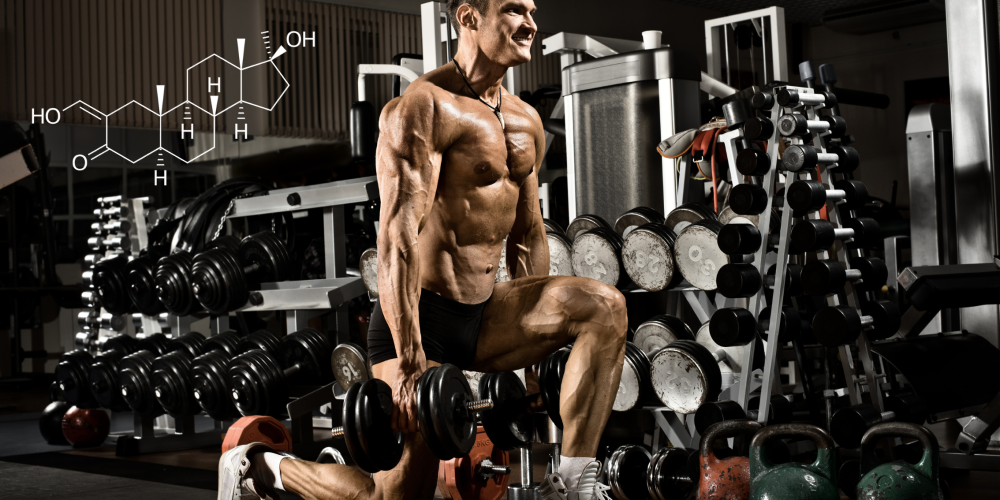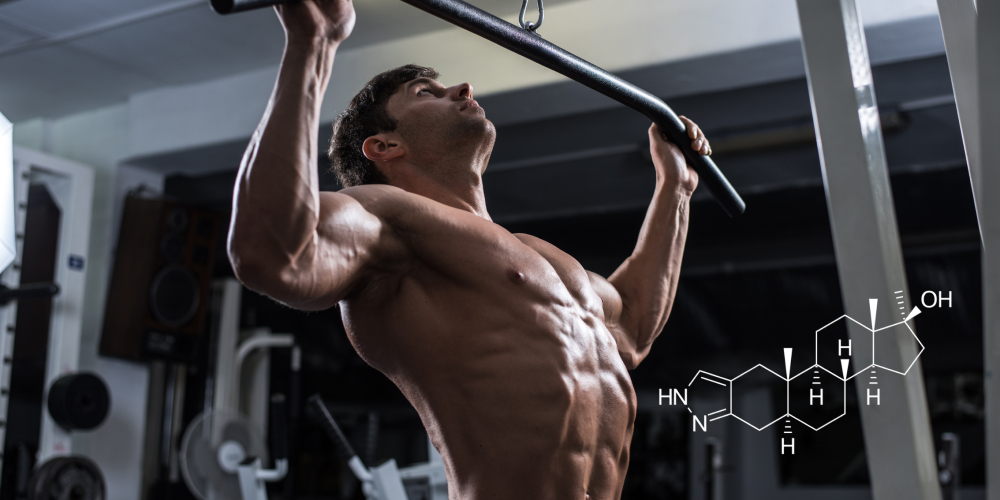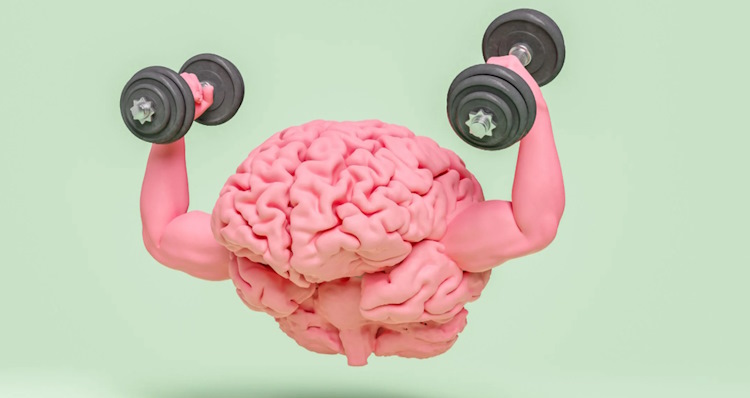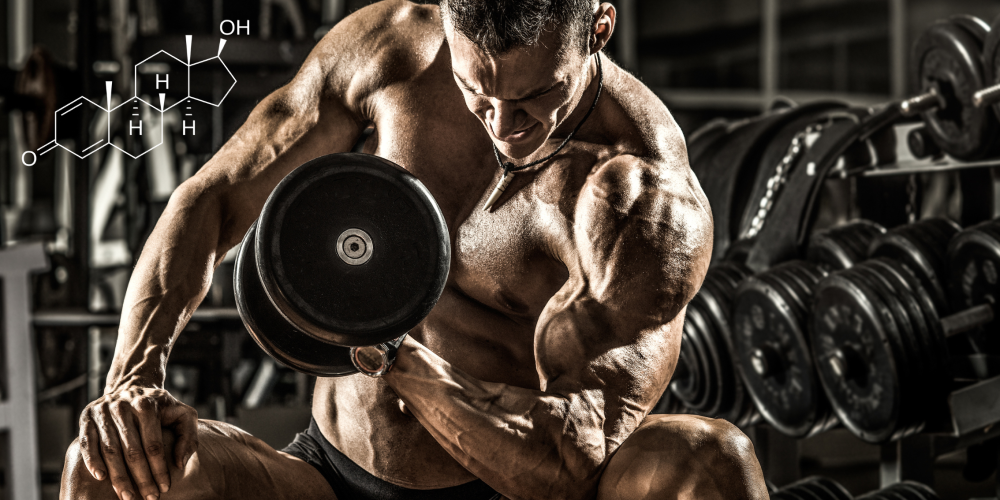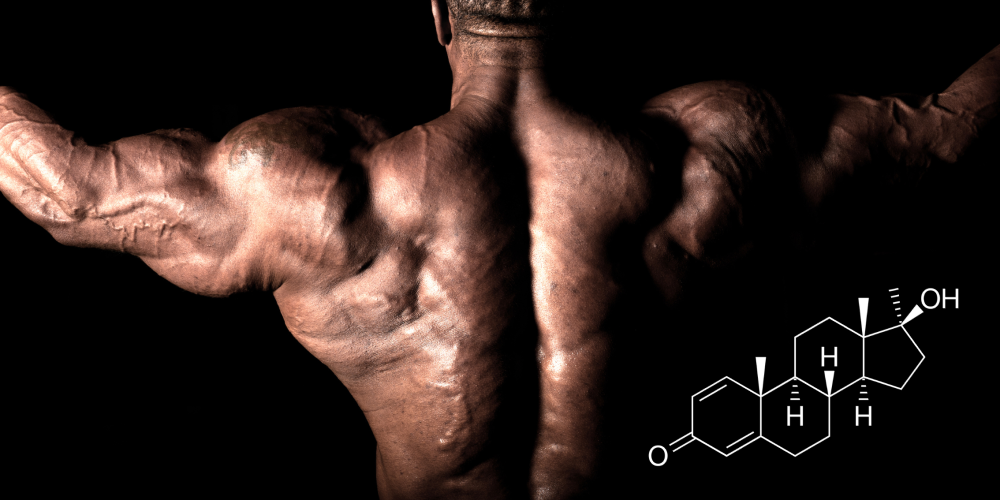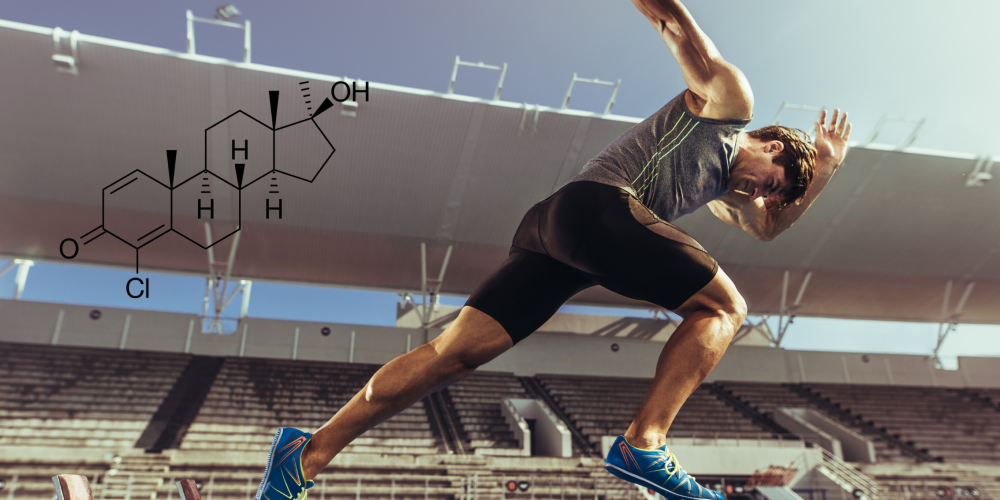Core bracing for bodybuilding and powerlifting
Bodybuilding and powerlifting are both physically demanding strength sports that require power, stability, and control. One crucial aspect preconized by both disciplines is the activation and bracing of the core muscles. Properly bracing the core not only enhances performance by allowing heavier loads, but also prevents injuries and provides a solid foundation for lifting heavy weights. In this article, we will take a look into the significance of core bracing in bodybuilding and powerlifting, as well as go over some practical tips on how to effectively develop the mind-muscle connect to train and engage your core muscles.
First of all, let’s define “core” for the purposes of this article: the core refers to the muscles surrounding the midsection of the human body, including the abdominals, obliques, lower back, and deep stabilizing muscles. Now, bracing the core involves consciously engaging and tightening these muscles to create a solid and stable core foundation. It is not just about sucking in your stomach but rather activating the muscles to turn your body into a strong and rigid cylinder that can handle heavy loads.
Benefits of core bracing:
- Enhanced stability: bracing the core creates intra-abdominal pressure, which in turn increases the stability of the entire torso. This stability adds mechanical rigidity and transfers power more effectively between the upper and lower body, allowing for improved force production during heavy lifts.
- Injury prevention: a strong and stable core acts as a protective shield specially for your spine, reducing the risk of lower back injuries and maintaining proper spinal alignment. It provides a stable base for movements and minimizes the potential for excessive stress on the spine, pelvis and surrounding structures.
- Increased strength: engaging the core muscles helps to generate and transfer more force and power during lifts. By bracing your core, you create a solid platform that allows you to transfer energy efficiently and maximize your strength potential.
- Improved technique: core bracing contributes to better body control and technique execution. It enhances postural alignment, reduces energy leaks and power dampening throughout the body, and promotes optimal movement patterns, enabling you to perform exercises with greater precision and efficiency.
How to brace your core:
- Train your diaphragmatic breathing: you can begin by taking deep breaths into your diaphragm rather than shallow chest breaths. Inhale deeply, expanding your abdomen, and exhale fully, pulling the navel toward your spine. This technique helps you feel and activate the deep core muscles and sets the foundation for bracing when lifting.
- Engage the abdominals: Contract your abdominal muscles by pulling your belly button in towards your spine. Imagine creating tension around your midsection as if you were preparing to take a punch. Maintain this contraction throughout your lifts to provide stability.
- Incorporate isometric exercises: Isometric exercises, such as planks, bird dogs, and Pallof presses, are some excellent choices for strengthening and activating the core muscles. You may want to include these exercises in your training routine to improve core stability and bracing ability.
- Practice mind-muscle connection: Develop a strong mind-muscle connection with your core muscles. Visualize and focus on contracting your abdominals during each rep of your exercises. This conscious engagement will help you develop better control and coordination of your core muscles.
- Gradually increase intensity: Start by practicing core bracing techniques with lighter weights and gradually progress to heavier loads. This approach allows your core muscles to adapt and strengthen over time, ensuring proper form and minimizing the risk of injury.
All in all, core bracing is a fundamental aspect of both bodybuilding and powerlifting. By effectively engaging and strengthening your core muscles, you can enhance stability, prevent injuries, increase strength, and improve technique. The practical tips discussed in this article provide a starting point for those who wish to make core bracing an integral part of their training routine and reap the benefits of a strong and stable core. Remember, a solid foundation sets the stage for impressive gains and long-term success in both bodybuilding and powerlifting.



